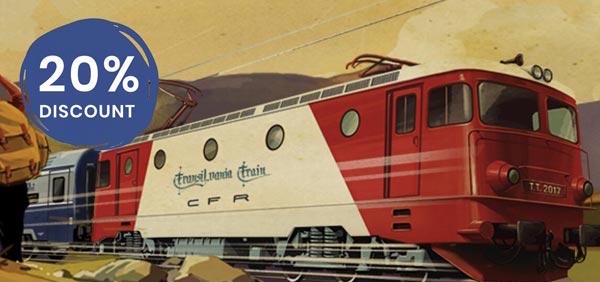Middle age Transylvanian architecture – fortifications
The major turning point in the history of Transylvania was the year 1241, when the Great Invasion of the Mongols ravaged region. Since then, the development of Transylvania has been dominated by a major factor: fortification. From the small fortified churches in the villages among the hills, to Sibiu’s enormous fortifications, everything was strengthened. For 500 years, the Romanesque or Gothic architecture has been transformed into a siege architecture. Towers, carriages, countertops, guard roads, all have been deployed from the lowest to the highest level. A unique element in the landscape of European medieval architecture is represented by the fortified churches of Transylvania.
Here, at Alma Vii, Sebastian Bethge will tell us how the inhabitants of the small Transylvanian villages have made a harsh decision: to fortify their churches. How did this decision change the community? How small communities like Alma Vii managed to build in a short period of time fortifications that survived both time and sieges, and more important, we will find out how valuable this cultural heritage is for Romania.
So, for two hours, with Bitdefender’s support, we will immerse into the landscape of the medieval architecture of these fortifications.








2 Comments
Căutăm Străjerul Marii Uniri alături de Bitdefender – Transilvania Train
Transilvania Train